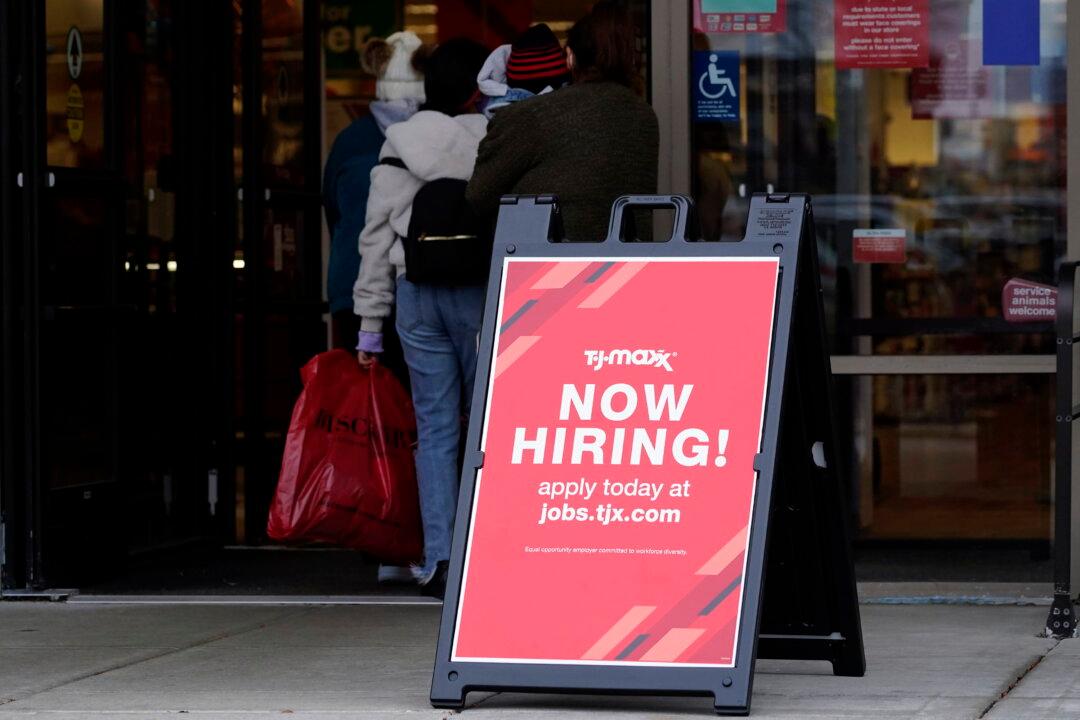The U.S. economy added 261,000 new jobs in October, down from the upwardly revised 315,000 in September, according to the Bureau of Labor Statistics (BLS). That topped the market estimate of 200,000.
The unemployment rate ticked up to 3.7 percent last month, from 3.5 percent in September. The labor force participation rate edged down to 62.2 percent from 62.3 percent.





